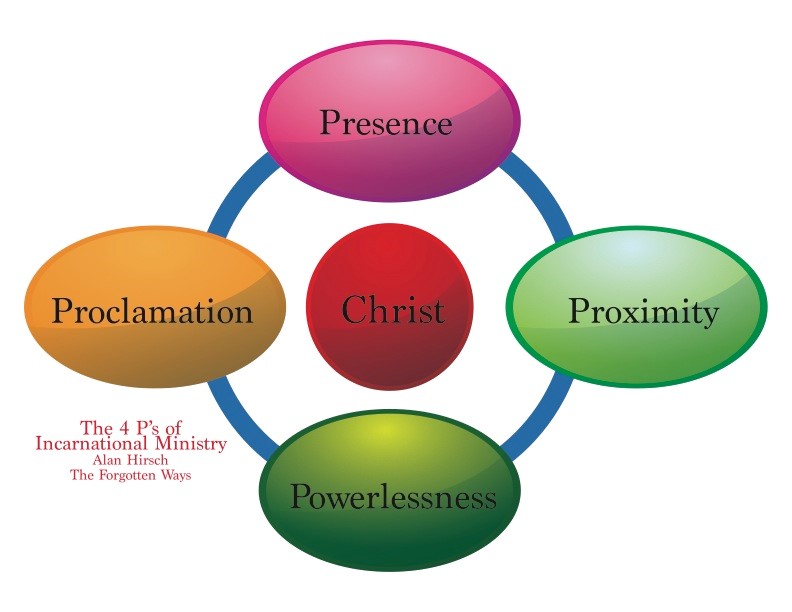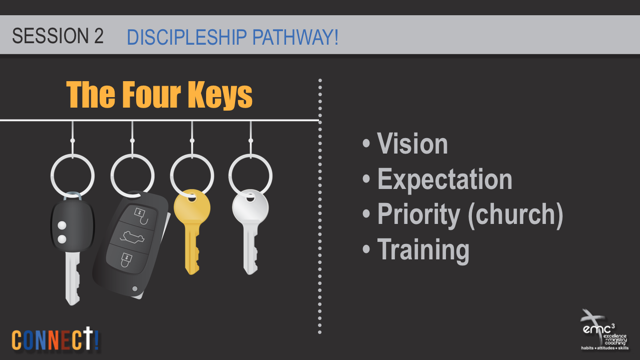February 6, 2015
By Phil Maynard
(Part 2 of an 8-part blog series)
If you have identified a team of people passionate about worship at your church, and if you truly want to empower them to produce worship experiences that connect experientially with your congregation, the single greatest gift you can give this team is time. Time to think creatively, time to research and study, time to collaborate, and time to bring ideas to life.
By the way, this principle holds true whether your Creative Worship Team is 20 people or whether it is two. (In fact, it even holds true for one – if you’re a one-man-band for Jesus in a country glade with a guitar and a soapbox, you will still produce deeper and more meaningful worship experiences if you work in advance and have time to develop your ideas.)
People need time to think: time to let the relevant scripture percolate, time to surf the web to borrow great ideas from other worship teams, and time to talk things out and narrow ideas down. And if you are preaching by series (which arguably you should be), there are series-wide ideas that foster interactive congregational connection, and these take even longer lead time to develop.
People need time to prepare: time to practice music, write and rehearse scripts, build sets and more.
As a Pastor-in-charge, there is no doubt that it takes time and energy to do this. But it is well worth it. It doesn’t take long to see results in the connections made in worship. Here is an excerpt directly from the Shift resource, which proposes one way to do this.
I suggest planning message series several months in advance (titles themes, Scriptures, and a brief paragraph indicating the direction the message is planned to take). This planning document is shared with the Creative Worship team, who begin to watch for illustrations, movie clips, stories, data, and resources around the themes. These are shared with the pastor in the weekly meetings.
A month out, the pastor provides the team with an outline of the message and proposed illustrations/other creative elements. The team begins to build the creative elements of the worship experience beyond the message.
Two weeks out, the team locks in the basic flow of the worship experience and has communicated special needs for video support (clips or creating a video), drama, visuals arts, etc.
A week out, the pastor presents a draft of the message to the team for review. While this was initially a very intimidating experience, it was amazingly helpful. Often the team would suggest a better illustration or help change the language to something less churchy and easier to connect with.
A spreadsheet was prepared for each worship experience with every element identified and timed. The person responsible for leadership was identified and any special instructions for transitions described.
It takes discipline to develop and stick to this approach, but the payoffs are enormous. Insights and creative inspirations are multiplied. If we are carrying a framework for future worship around in the background of our mind, it is amazing what articles and ideas serendipitously click. Then there is the old adage in creative writing classes about the value of “putting work in the drawer and walking away.” If you work diligently on an idea and then can leave it for a while and come back to it with a fresh perspective, good things happen. Good things also happen when we aren’t scrambling at the last minute to come up with ideas or bring great ideas to reality instantaneously (this is a sure path to stress and burnout). And advance planning is a safeguard against the inevitable intrusions of life. When illness, emergencies, or creative dry spells happen (and they WILL happen) a team that has worked diligently on advance planning will be in a much stronger position to carry on with success.
Don’t forget to leverage technology. Our ever-expanding technological reach makes it possible to have more people engaged than ever, regardless of individual schedules or geographic location. An increasing number of churches even keep their planning process in “the cloud,” accessible to all interested parties at all times, instantly updatable for all to see using services such as www.planningcenteronline.com or free calendar or document elements from Google or Microsoft.
By the way, this whole approach is particularly well-suited to volunteer creative teams. If you have a 10-person professional creative team at your disposal (and wouldn’t that be nice), you can come up with crazy ideas and bring them to life in one week. But if you want to do it with volunteers (most of whom have real-world jobs and commitments), they need time. Recently we worked with a church who did an entire Advent series around Dickens’ A Christmas Carol. It featured a nifty Dickensian lamppost instead of the normal Advent Candle wreath, and a costumed lamplighter who recited special original liturgy each week. It was terrific, but it took a couple of months to put it all together.
What has been your experience with long-range worship planning? What successes can you share, and what struggles have you faced to make this model work? If you have not been working this way, what do you foresee as your greatest challenge in switching to this system? Use the comments section to share.



Leave A Comment